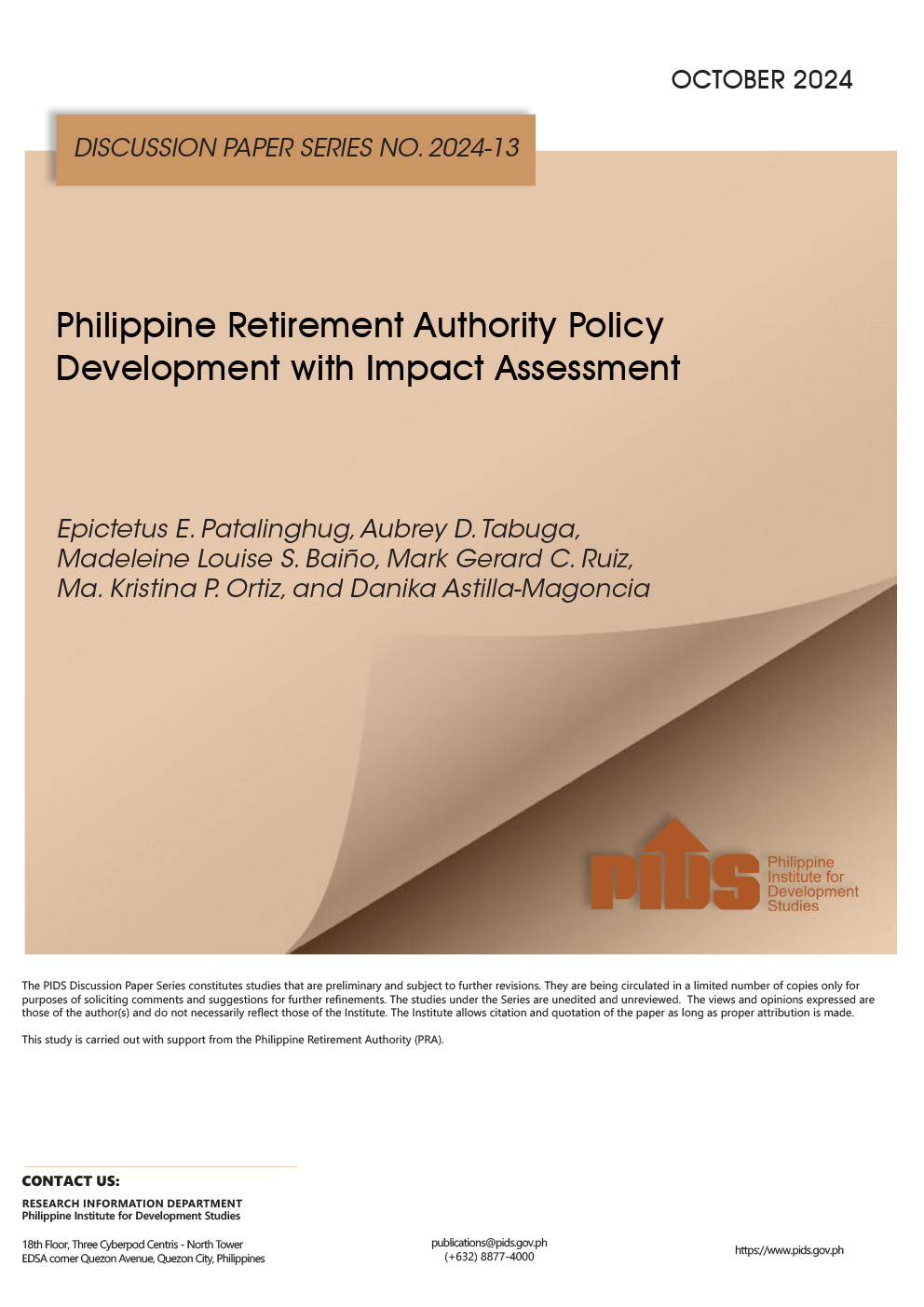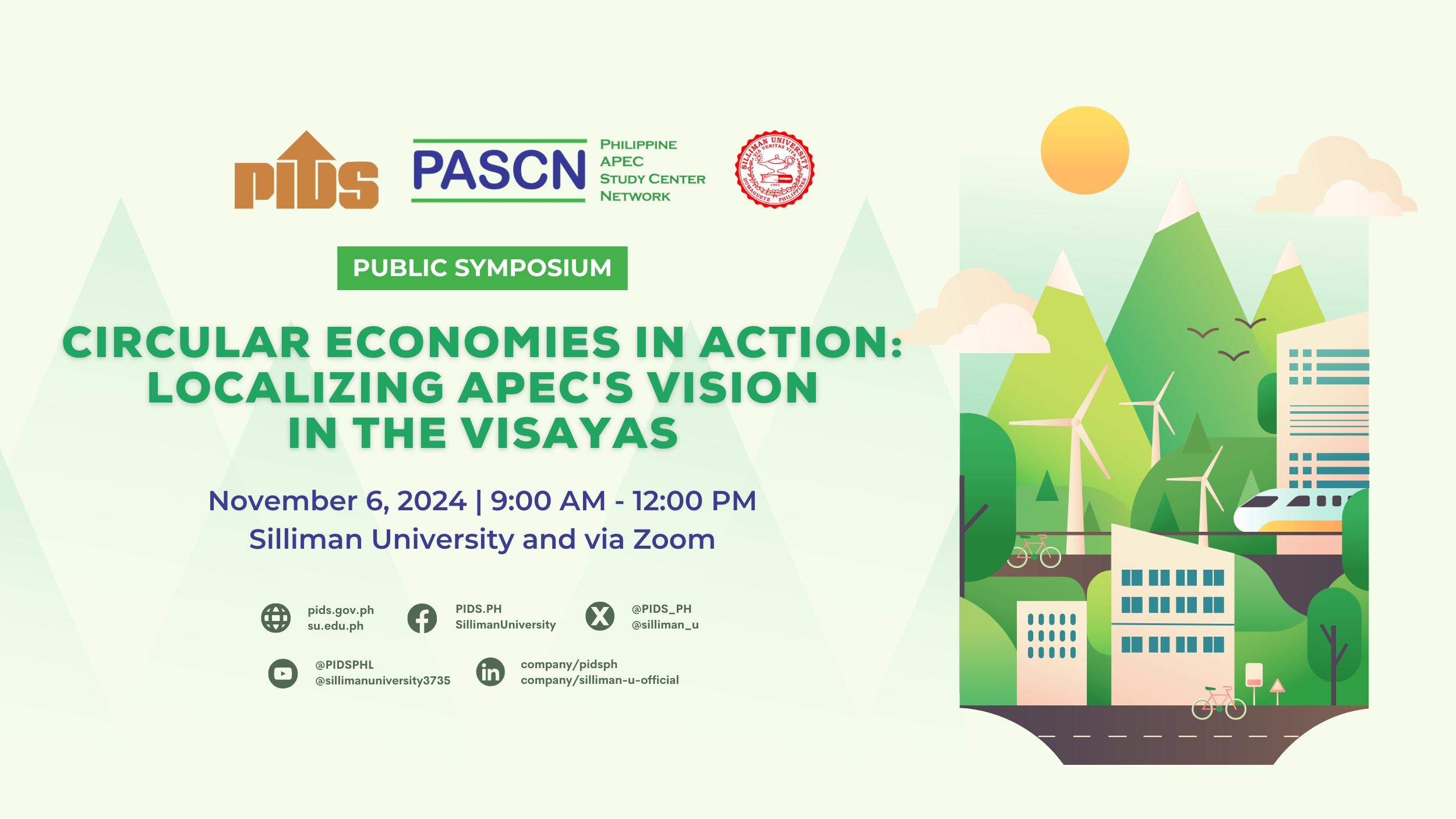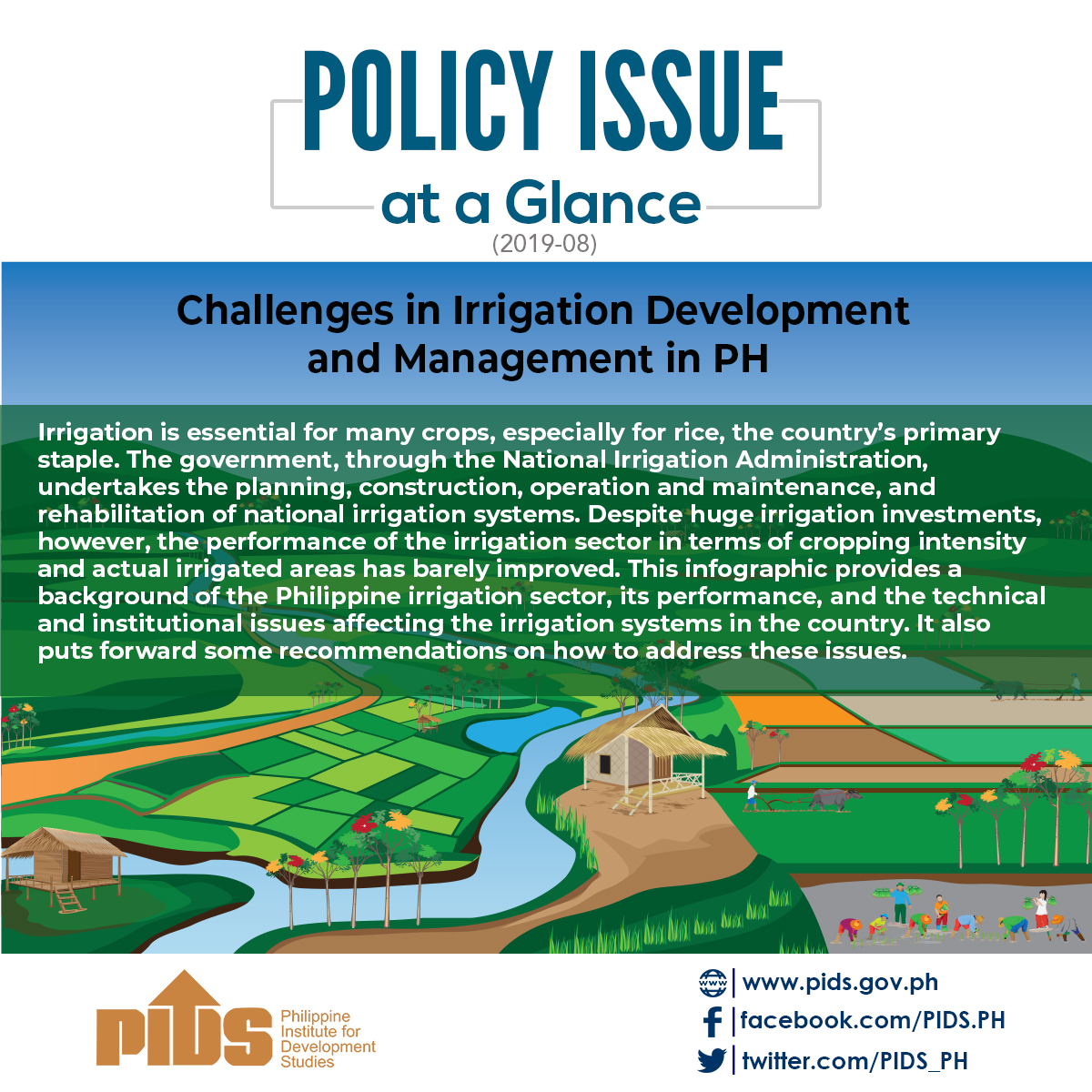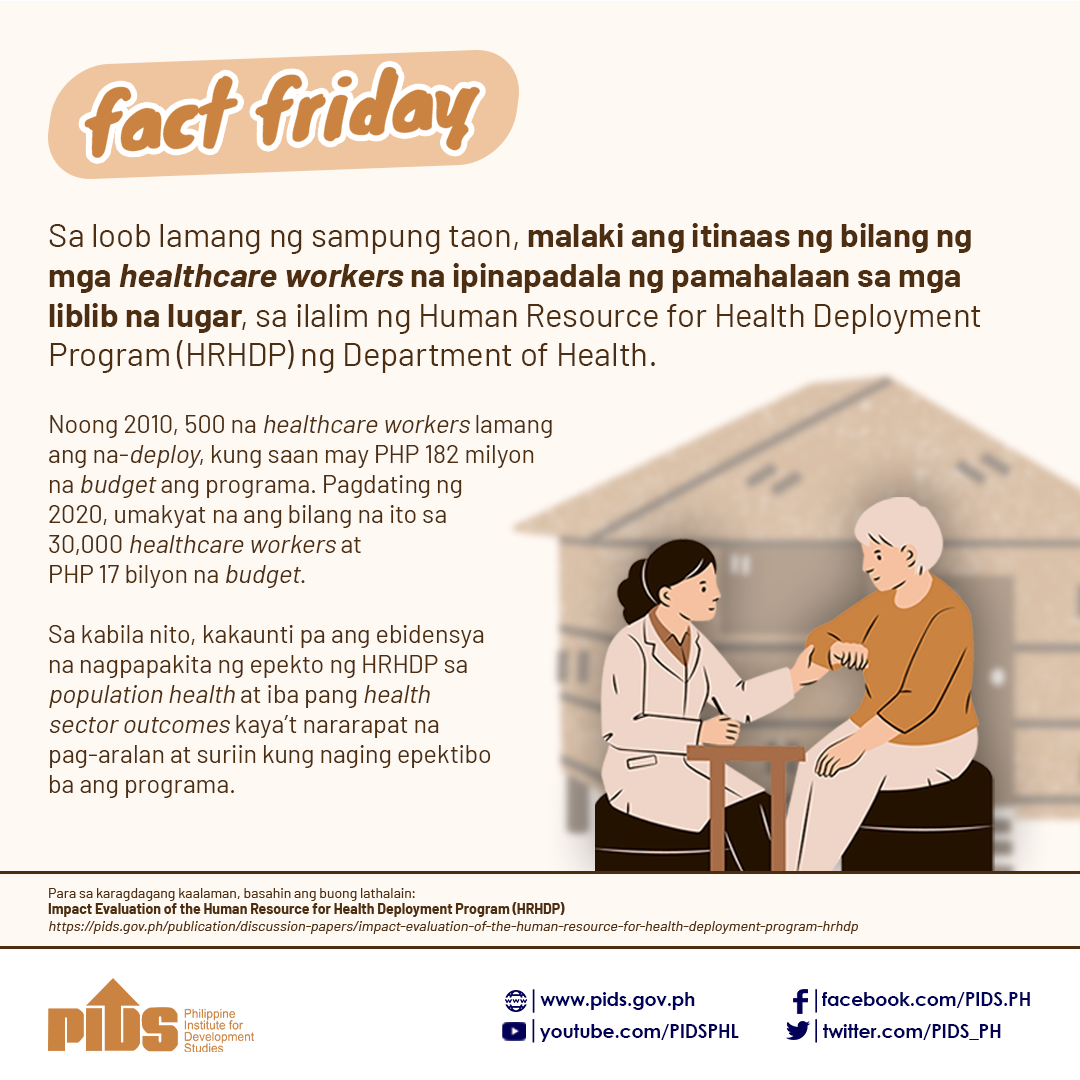EFFORTS to rebuild homes in Supertyphoon Yolanda-stricken areas may have boosted not only the growth in Eastern Visayas but also per-capita spending in the region, local economists said.
Based on the 2016 Gross Regional Domestic Expenditure (GRDE) released by the Philippine Statistics Authority (PSA), Eastern Visayas posted an 8.1-percent growth per-capita household spending in 2016.
When you spend on housing, you tend to have an effect on other parts of the economy”, Philippine Institute for Development Studies (PIDS) Senior Research Fellow Jose Ramon G. Albert told the BusinessMirror.
Ateneo de Manila EagleWatch Senior Fellow Alvin Ang said the higher expenditure in Eastern Visayas could also point to high economic growth.
National Economic and Development Authority (Neda) Undersecretary for Regional Development Adoracion M. Navarro said regions with higher spending also means they had more money to spend.
>Navarro said this can be due to higher incomes and/or higher money transfers received, such as those coming from Overseas Filipino Workers.
Based on the PSA’s Gross Regional Domestic Product computation, Eastern Visayas was the fastest-growing economy nationwide with a growth of 12.4 percent in 2016.
This was no surprise for Albert, who recalled a study done by former director general of the Neda Vicente B. Valdepeñas Jr.
Albert said the study, done over 30 years ago, found that housing in the Philippines had a multiplier effect of two, which meant that for every peso spent, housing multiplied by two.
Valdepeñas said their analysis suggested it had the highest multiplier effect”, Albert added. “It is likely the same still, but whether its multiplier is 2, I do not know”, Albert said.
As of the first quarter of this year, Neda estimated the government has completed 50,791 housing units of the targeted 205,128 required to provide houses for Yolanda victims.
Neda data showed around 154,337 housing units have yet to be completed, and the National Housing Authority has yet to begin construction and procurement for 56,870 units.
Of the units being completed, 71,743 houses are being built and 25,724 units are under procurement.<
The PSA said Central Luzon and the Davao region recorded a GRDE growth of 7.4 percent and 6.9 percent, respectively.
Fourteen regions recorded accelerated per-capita household-spending growths in 2016 with Eastern Visayas’s economy growing the fastest”, the PSA said.
The National Capital Region remained the highest-spending region on consumer goods and services at P1.31 trillion or 23.3 percent of the national Household Final Consumption Expenditure (HFCE).
Trailing behind were Calabarzon and Central Luzon at P912.7 billion and P704.3 billion, accounting for 16.2 percent and 12.5 percent, respectively, of the total HFCE.
Autonomous Region in Muslim Mindanao and Caraga likewise continued to be the low-spending regions at P76.7 billion and P88.4 billion, contributing 1.4 percent and 1.6 percent, respectively.
Based on the 2016 Gross Regional Domestic Expenditure (GRDE) released by the Philippine Statistics Authority (PSA), Eastern Visayas posted an 8.1-percent growth per-capita household spending in 2016.
When you spend on housing, you tend to have an effect on other parts of the economy”, Philippine Institute for Development Studies (PIDS) Senior Research Fellow Jose Ramon G. Albert told the BusinessMirror.
Ateneo de Manila EagleWatch Senior Fellow Alvin Ang said the higher expenditure in Eastern Visayas could also point to high economic growth.
National Economic and Development Authority (Neda) Undersecretary for Regional Development Adoracion M. Navarro said regions with higher spending also means they had more money to spend.
>Navarro said this can be due to higher incomes and/or higher money transfers received, such as those coming from Overseas Filipino Workers.
Based on the PSA’s Gross Regional Domestic Product computation, Eastern Visayas was the fastest-growing economy nationwide with a growth of 12.4 percent in 2016.
This was no surprise for Albert, who recalled a study done by former director general of the Neda Vicente B. Valdepeñas Jr.
Albert said the study, done over 30 years ago, found that housing in the Philippines had a multiplier effect of two, which meant that for every peso spent, housing multiplied by two.
Valdepeñas said their analysis suggested it had the highest multiplier effect”, Albert added. “It is likely the same still, but whether its multiplier is 2, I do not know”, Albert said.
As of the first quarter of this year, Neda estimated the government has completed 50,791 housing units of the targeted 205,128 required to provide houses for Yolanda victims.
Neda data showed around 154,337 housing units have yet to be completed, and the National Housing Authority has yet to begin construction and procurement for 56,870 units.
Of the units being completed, 71,743 houses are being built and 25,724 units are under procurement.<
The PSA said Central Luzon and the Davao region recorded a GRDE growth of 7.4 percent and 6.9 percent, respectively.
Fourteen regions recorded accelerated per-capita household-spending growths in 2016 with Eastern Visayas’s economy growing the fastest”, the PSA said.
The National Capital Region remained the highest-spending region on consumer goods and services at P1.31 trillion or 23.3 percent of the national Household Final Consumption Expenditure (HFCE).
Trailing behind were Calabarzon and Central Luzon at P912.7 billion and P704.3 billion, accounting for 16.2 percent and 12.5 percent, respectively, of the total HFCE.
Autonomous Region in Muslim Mindanao and Caraga likewise continued to be the low-spending regions at P76.7 billion and P88.4 billion, contributing 1.4 percent and 1.6 percent, respectively.












